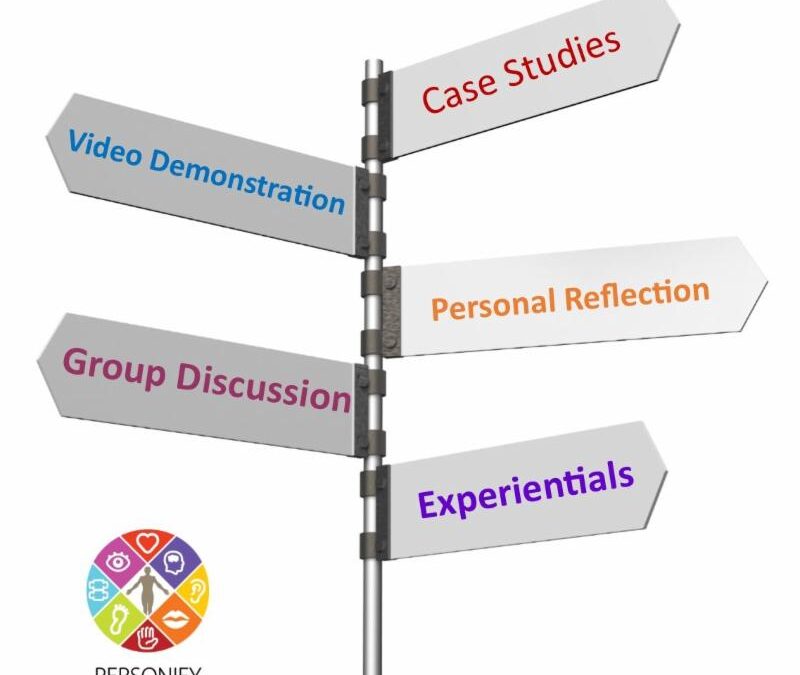
by Greg Huber | Feb 7, 2024 | General
5 Methods of Learning When you think of corporate classroom training, what visual pops into your head? Lecture and Death by PowerPoint? We’ve all been victim to the long, boring training that is disengaging and leaves us secretly checking emails or cruising Facebook...
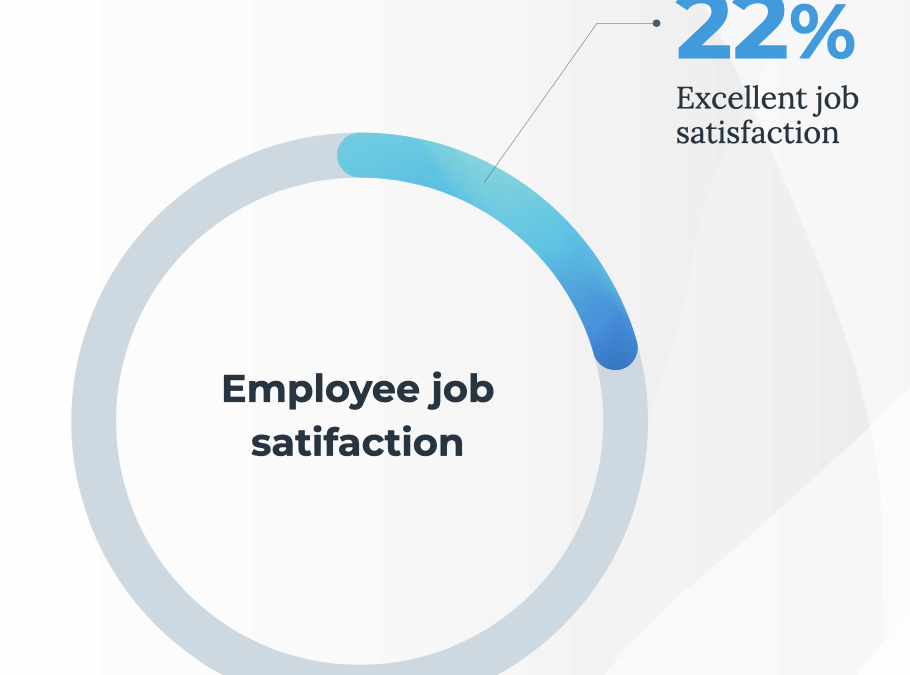
by Greg Huber | Jan 10, 2024 | General
Only 22% of professionals give their company a rating of excellent. Even fewer non-supervisory employees would describe their satisfaction as excellent at only 13%. As an employer, it is essential to make sure your employees feel valued and appreciated. This not only...

by Greg Huber | Jan 3, 2024 | General
1. Communication can be hard Technology has been the ace on our sleeve since March 2020, when we had to switch to a fully remote environment. However, it comes with some issues. The internet connection is not always reliable, set aside the video conferencing systems....
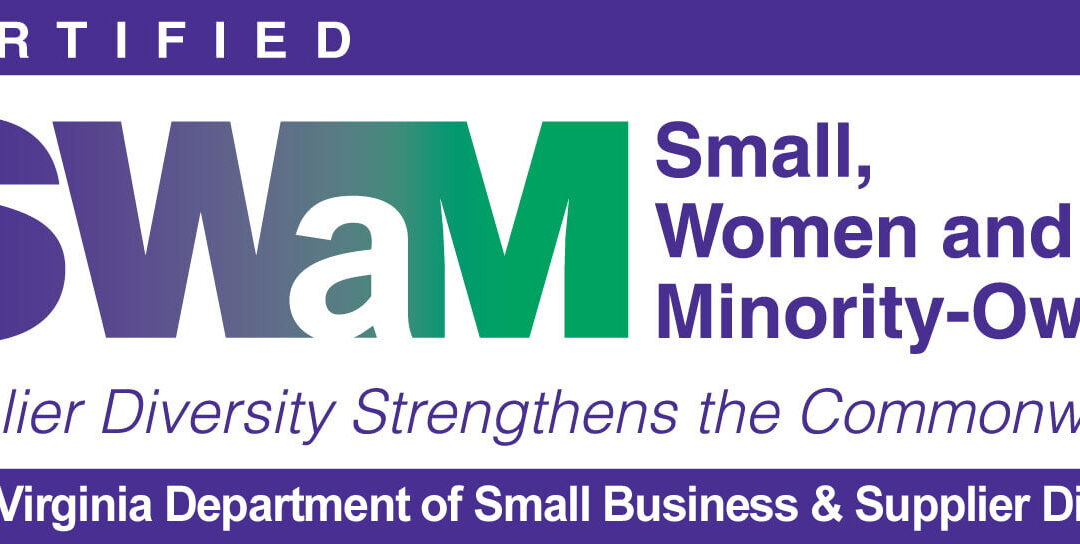
by Greg Huber | May 6, 2022 | General
Signature Teambuilding, Inc. holds the SWaM (Small, Women-owned, and Minority-owned Business) certification of Virginia. We embrace this classification as we continue to serve our clients with a wide variety of superior team building and leadership development...
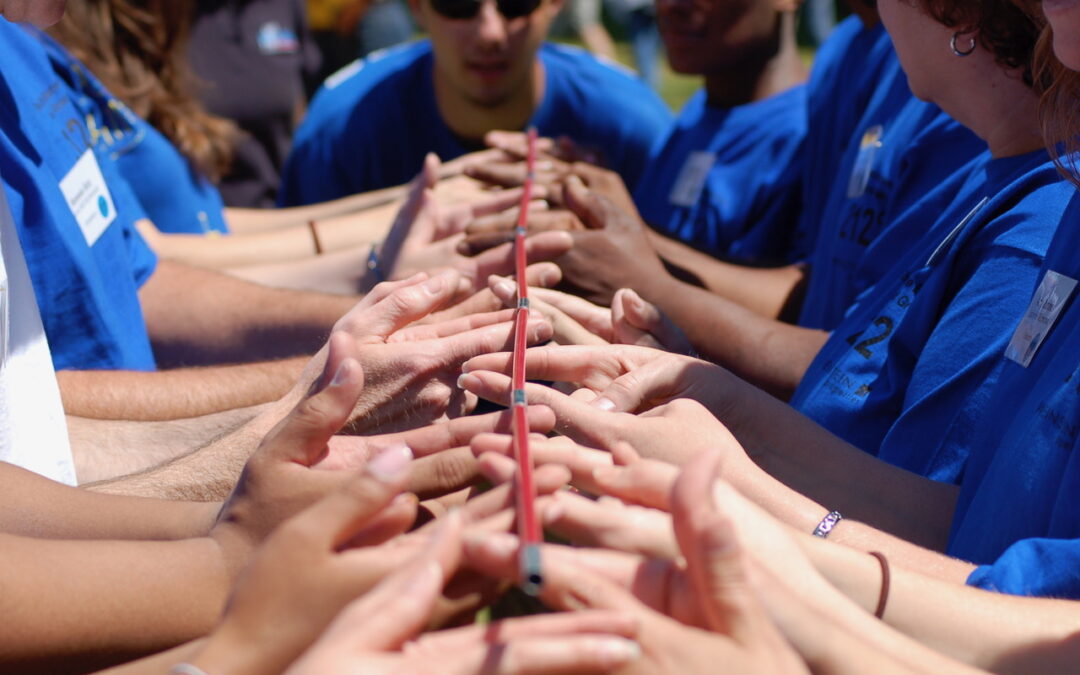
by Greg Huber | Dec 6, 2021 | General
Are you looking for team building activities to entertain your workforce and promote team bonding or, are you looking for more? Signature Teambuilding is a team building service provider. We don’t normally provide do-it-yourself activities but keep reading, we...
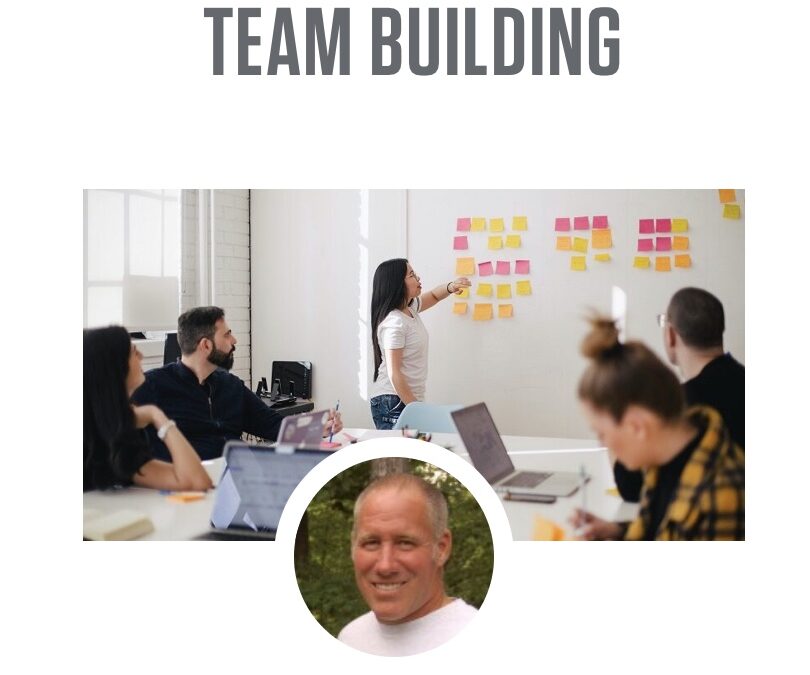
by Greg Huber | Jul 2, 2020 | General
Recently, Signature Teambuilding President, Greg Huber, guest/co-wrote a blog post with InnerWill Leadership! At Signature Teambuilding, we love sitting down with like minded people. Greg was excited for the chance to partner will InnerWill Leadership Institute for...








